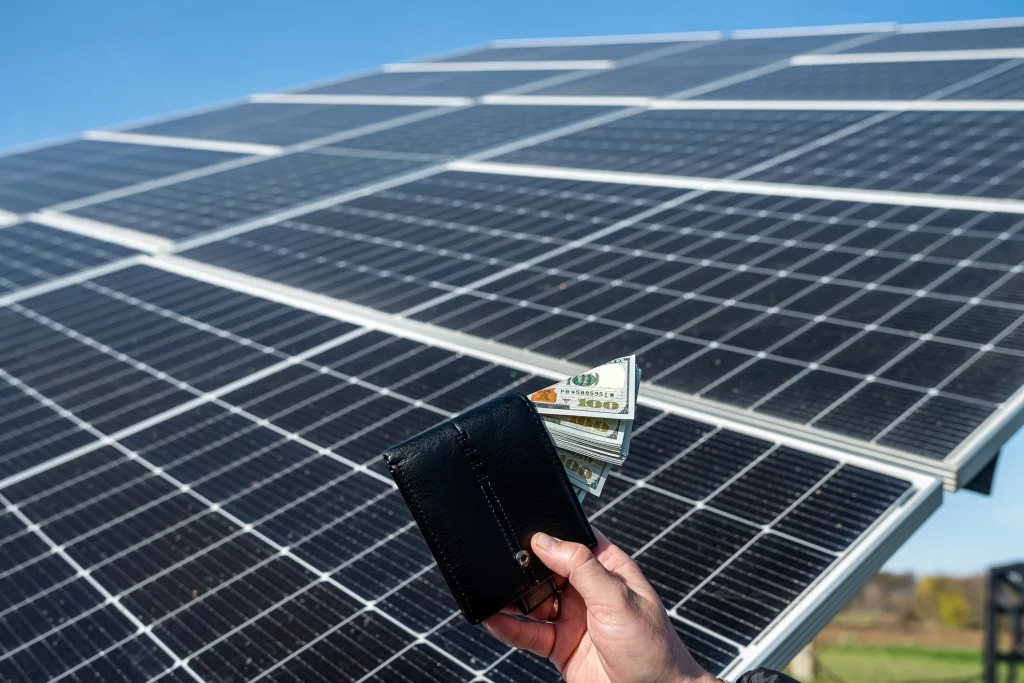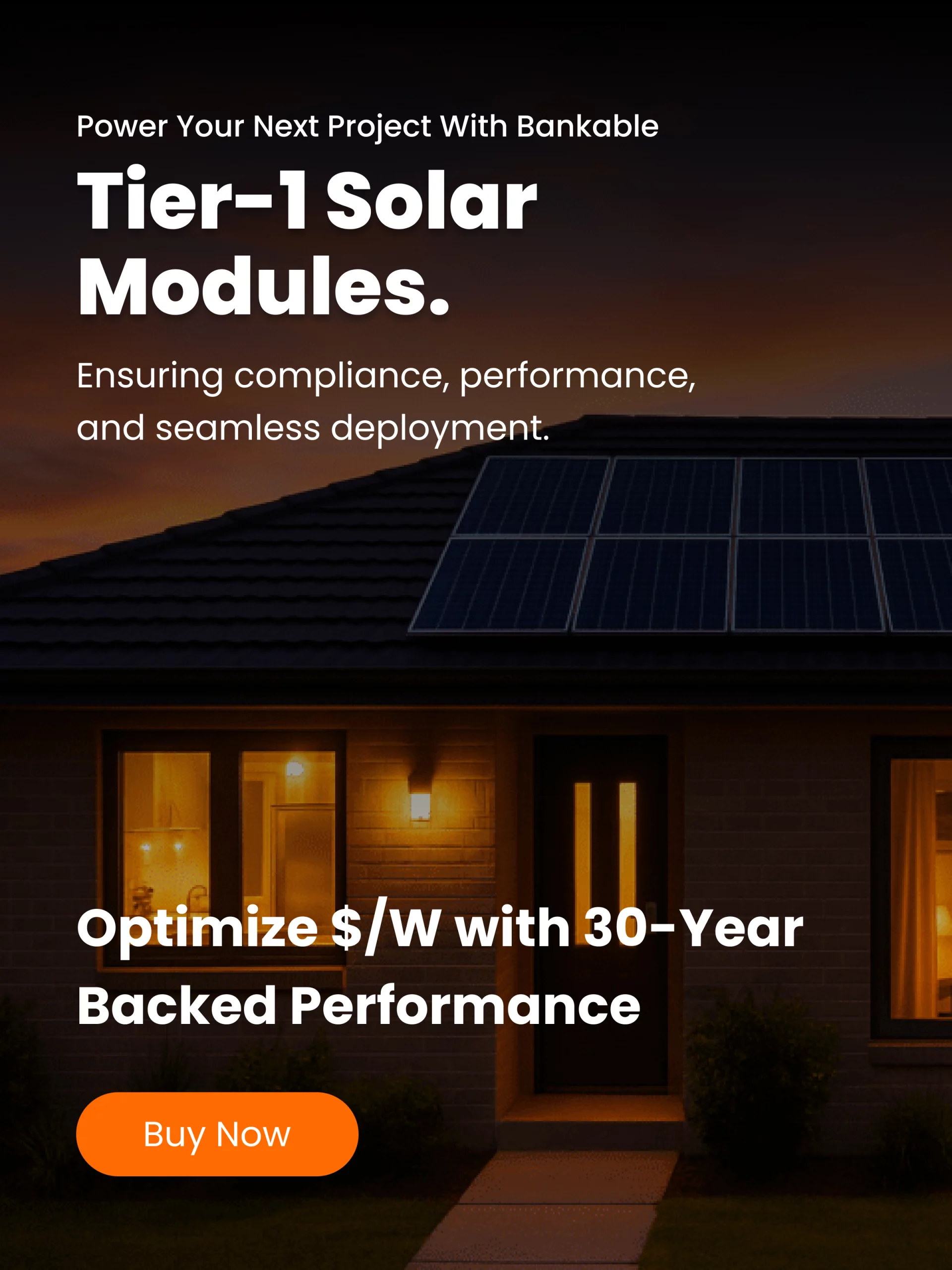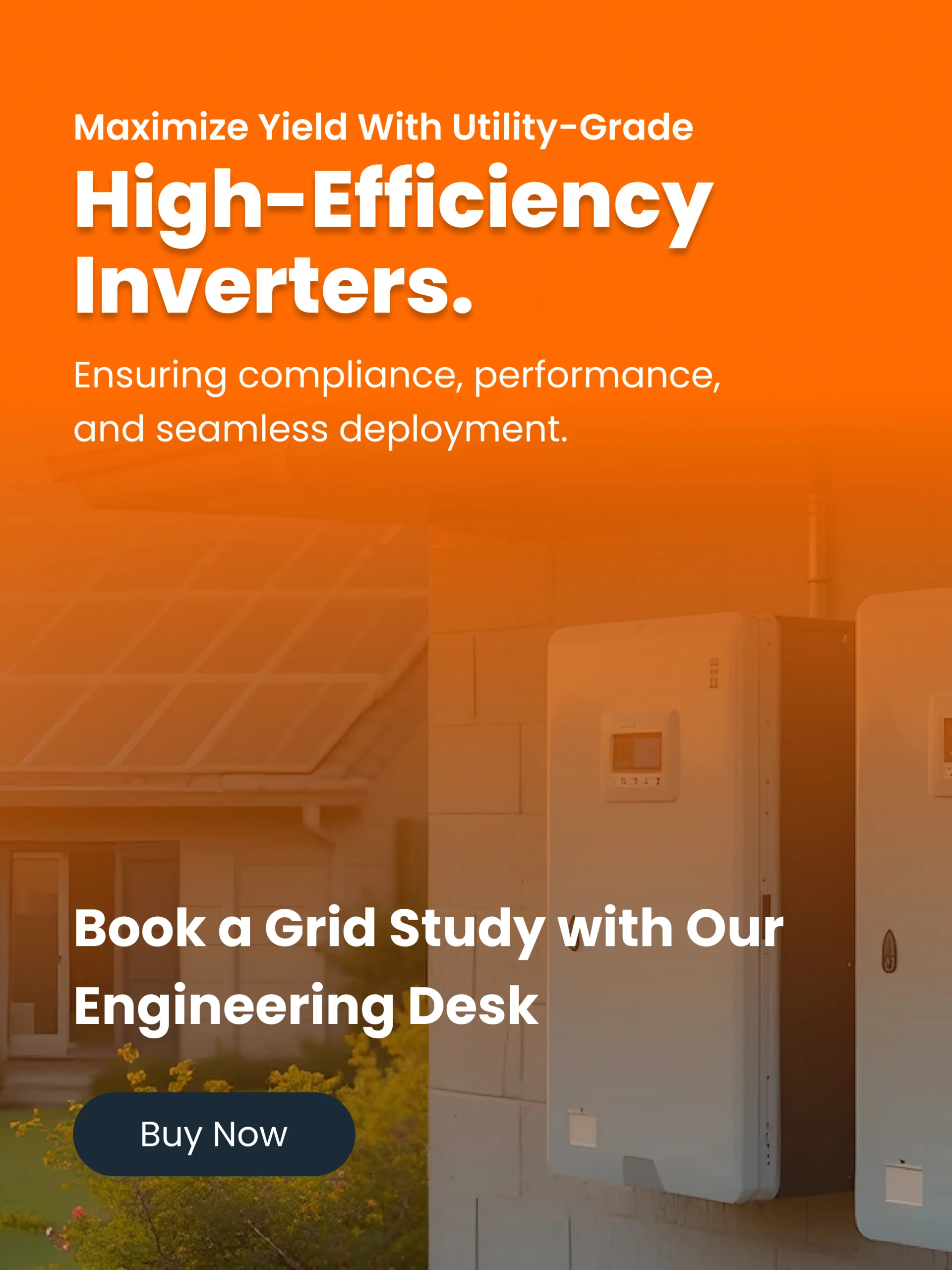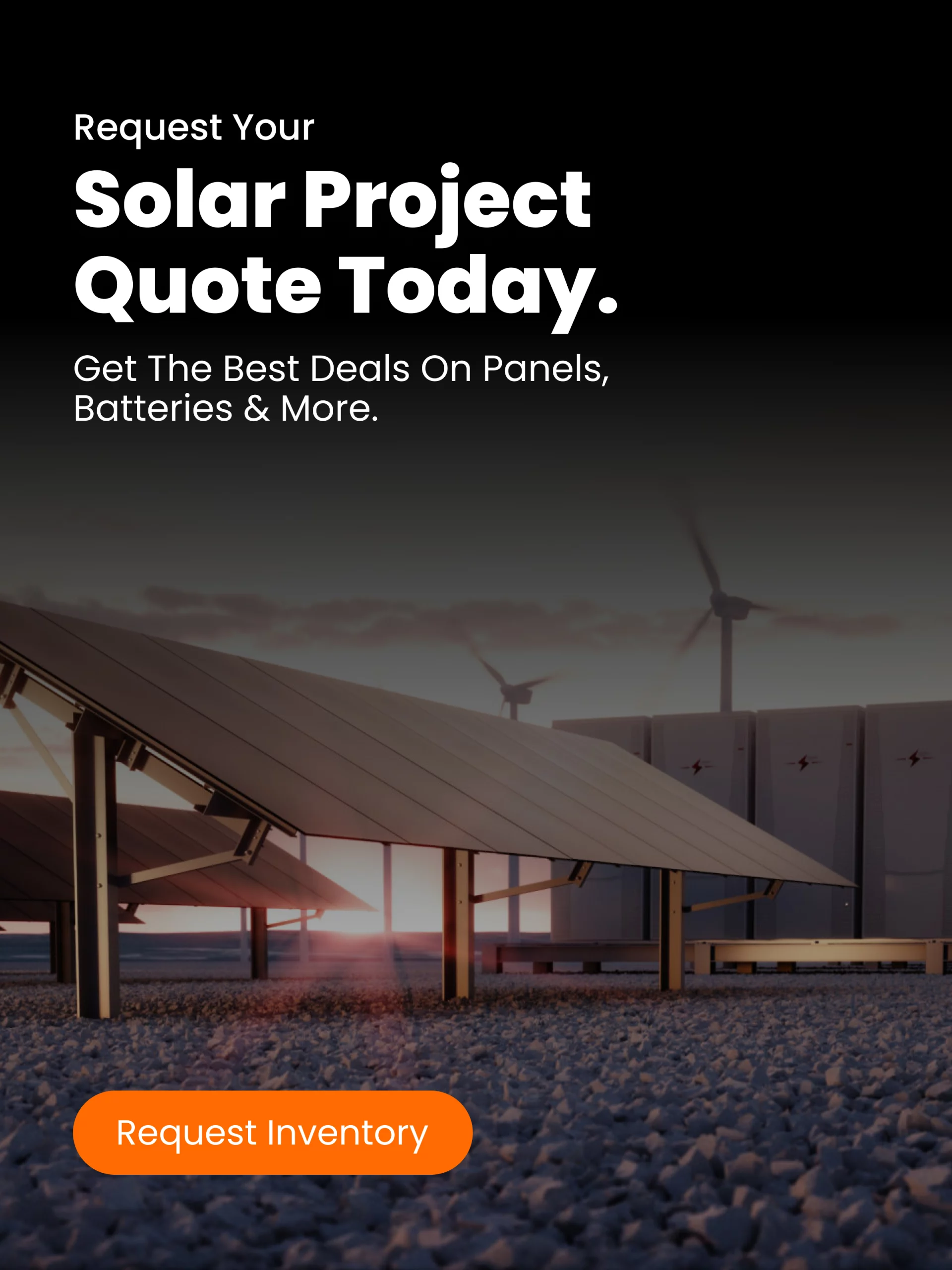As we approach the end of 2025, the landscape of solar energy continues to evolve, offering homeowners and businesses more opportunities to harness the power of the sun. One of the most significant considerations for those contemplating solar energy is the cost.
In this guide, we’ll explore the various factors influencing solar panel costs, provide current pricing information, and offer insights into making informed decisions about solar investments.
What determines the cost of solar panels?
The cost of installing solar panels is influenced by several key factors:
- System size: Larger systems with higher wattage typically have a lower cost per watt but a higher overall cost.
- Panel type: Different types of solar panels, such as monocrystalline, polycrystalline, and thin-film, vary in efficiency and price.
- Installation complexity: Roof type, angle, and accessibility can impact installation costs.
- Location: Local labor rates, permitting fees, and sunlight availability can affect pricing.
- Incentives and rebates: Federal and state incentives can significantly reduce upfront costs.
Average solar panel costs in 2025
As of September 2025, the average cost of a residential solar panel system in the United States is approximately $3.03 per watt, translating to an average total installation cost of $21,816 before incentives. After applying the federal solar tax credit, which remains at 30% through the end of 2025, the average cost drops to about $15,271.
For a 12 kW system, the cost before the federal tax credit averages $29,649, and after the credit, it reduces to $20,754.
Breakdown of solar panel costs
Understanding where your money goes can help in making informed decisions:
- Panels: Typically account for about 12% of the total system cost.
- Inverters: Convert DC electricity to AC; costs vary based on system size and type.
- Mounting Hardware: Includes racking and other structural components.
- Labor and permitting: Often the most significant portion, covering installation and regulatory compliance.
- Battery storage (optional): Adds to the cost but provides energy independence.
Regional variations in solar panel costs
Solar panel costs can vary based on location due to differences in labor rates, permitting processes, and sunlight exposure. For instance:
- Arizona: Known for its abundant sunlight, Arizona offers some of the lowest solar installation costs in the country.
- Wyoming and Nebraska: These states tend to have higher costs due to less solar irradiance and fewer installers.
It’s essential to obtain quotes from local installers to get accurate pricing for your area.
The impact of the federal solar tax credit
The federal solar tax credit, also known as the Investment Tax Credit (ITC), has been a significant incentive for homeowners adopting solar energy. As of the end of 2025, the ITC remains at 30%. However, it’s crucial to note that this credit is set to phase out entirely after December 31, 2025. This means that installations completed in 2026 and beyond will not qualify for the credit, potentially increasing the cost of solar systems by 30%.
Financing your solar installation
While the upfront cost of solar panels can be substantial, several financing options can make the investment more manageable:
- Solar loans: Allow homeowners to pay for their system over time, often with low-interest rates.
- Leases and power purchase agreements (PPAs): Enable homeowners to install solar panels with little to no upfront cost, paying a fixed monthly fee or per kilowatt-hour of electricity generated.
- Cash purchases: Provide the benefit of ownership and potential for the highest return on investment.
Each option has its pros and cons, and the best choice depends on individual financial situations and long-term goals.
Return on investment and savings
Investing in solar energy can lead to significant savings over time. On average, homeowners can expect to save between $34,000 and $120,000 over 25 years by going solar, depending on factors like electricity rates, system size, and energy consumption.
Additionally, solar panels can increase property value, with studies indicating an average increase of $15,000 in home value for homes with solar installations.
Choosing the right solar system for your needs
Selecting the appropriate solar system involves considering your energy needs, roof characteristics, and budget. Here are some general guidelines:
- 4–6 kW Systems: Suitable for smaller homes or those with lower energy consumption.
- 7–10 kW Systems: Ideal for average-sized homes with moderate energy use.
- 12 kW Systems: Best for larger homes or those with high energy demands.
It’s advisable to consult with a certified solar installer to assess your specific needs and receive tailored recommendations.
Conclusion
Solar energy continues to be a viable and increasingly affordable option for homeowners seeking to reduce energy costs and environmental impact. With the federal tax credit set to expire at the end of 2025, now is an opportune time to consider solar installation.
By understanding the factors influencing solar panel costs and exploring available incentives and financing options, you can make an informed decision that aligns with your energy needs and financial goals.
For personalized quotes and further information, consider reaching out to local solar providers or utilizing online platforms that connect homeowners with certified installers. Remember, the investment in solar energy is not just in technology but in a sustainable and cost-effective future.




